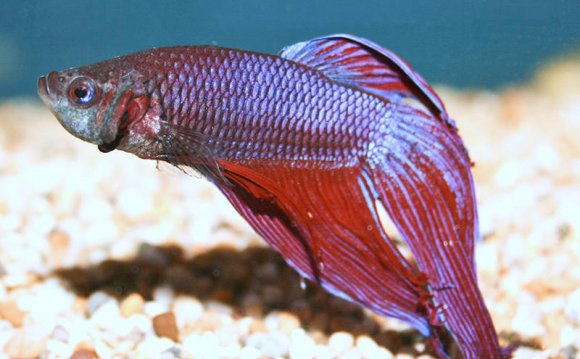
Determining the gender of a Betta is generally quite easy, but sometimes they look similar enough to make a decision challenging. Taking the following characteristics into account should help you determine the gender of your Betta. Keep in mind that juvenile fish may not display sexual differences. Ideally, compare mature specimens of the same species and color, and compare multiple factors rather than using a single trait to determine sex.
Colors
Often males are more vividly colored than females; however, color alone is not a definitive predictor of sex.
Body Shape
Generally, females are a bit shorter and more wide-bodied than male Bettas.
Fins
Male Bettas have much longer fins, sometimes as much as three or four times the length of the female fins. The ventral fins of the male are noticeably longer and thicker than those of the female.
Egg Spot
Mature females will display an “egg spot” between the ventral and anal fins. This is actually the ovipositor, which is used to lay the eggs. Males will rarely show an egg spot.
Beard
Bettas have a membrane beneath the gill plate cover. This membrane is referred to as the “beard” and is displayed when the fish flares. Males have a much larger beard, so large that often it is visible even when the male is not flaring. Females also have a beard, but it is much smaller and not visible when the female isn’t flaring.
When females flare it is not unusual for them to assume a head down posture. Males will not assume such a posture when flaring.









